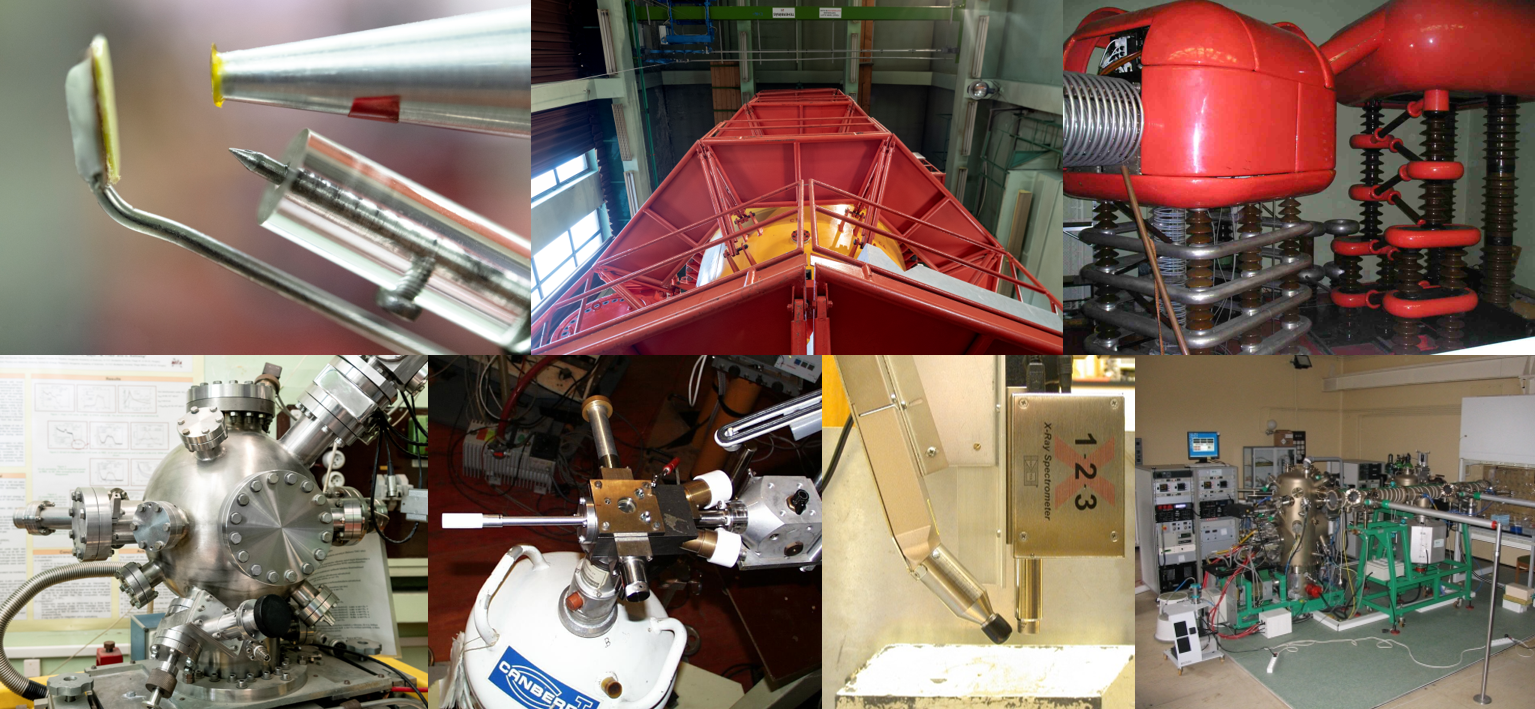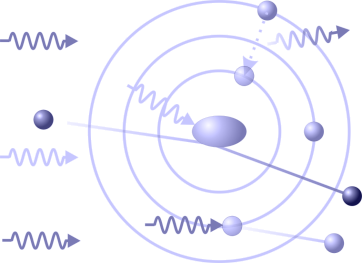
The Department of Material Science by Nuclear Methods conducts research in research groups of "Ion beam physics", "Femtosecond Spectroscopy and X-ray spectroscopy" and "Functional nanostructures". The present name and structure of the department is a result of the reorganization of the research network of the Hungarian Academy of Sciences, in course of which the former KFKI Research Institute for Particle and Nuclear Physics (MTA KFKI RMKI) and the Research Institute for Solid State Physics and Optics (MTA SZFKI) were merged into the Wigner Research Centre for Physics (Wigner RCP) in January 2012. The departments have also been reorganized and renamed.
Materials science and solid-state physics
The mission of the department is application of nuclear and X-ray methods in solid state physics and materials science. We are interested in the composition, the local electronic, magnetic and defect structure of bulk materials as well as of stratified and other nanostructures. We study the dynamics in ion-implanted systems and the elementary processes of ion implantation.
The major experimental facilities of ion-beam research are the interconnected EG-2R 5MeV Van de Graaff accelerator and NIK Heavy Ion Implanter. This accelerator complex is used for studying problems related to ion implantation in solids, accelerator-based nuclear spectroscopic methods (Rutherford backscattering, ERDA, etc.). The main application areas are material science, biological, environmental, archeological and cultural heritage research. This complex is member of Hungarian Ion-beam Physics Platform (HIPP).
The major experimental facility of the Functional nanostructures research group is the GINA polarized-beam neutron reflectometer at the Budapest Neutron Centre on the KFKI campus, but the group conducts experiments using the Mössbauer spectrometers and the Kerr-magnetometer as well. The primary preparation facility of nanostructures is the Molecular beam epitaxy (MBE) laboratory, supplying samples for the research within the department and in the collaborating groups within the country and outside.
The X-ray spectroscopy laboratory is being equiped with an x-ray generator and various instruments around it.
In addition to using the local facilities, research staff of the department often performs experiments at large-scale X-ray or neutron beam facilities, mostly at the ESRF, HASYLAB and at the Heinz Maier-Leibnitz Centre Garching as well as at JINR in Dubna, but we have also gained experience at other facilities including the ILL, SPring-8, SLS, and BESSY.
Download the short description of the department included the latest result.


